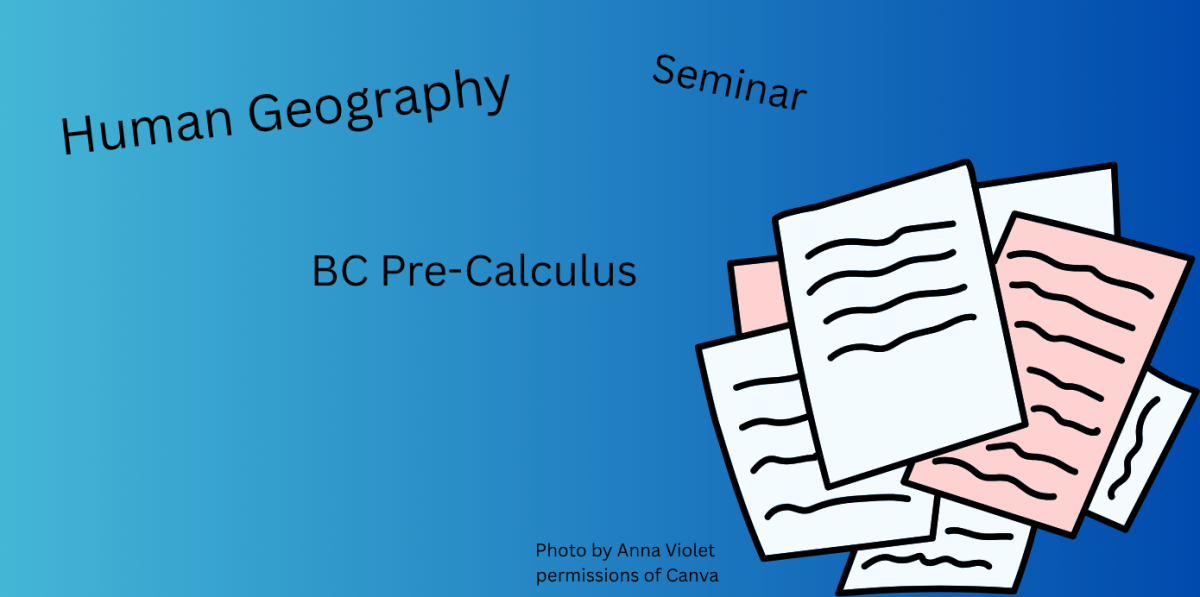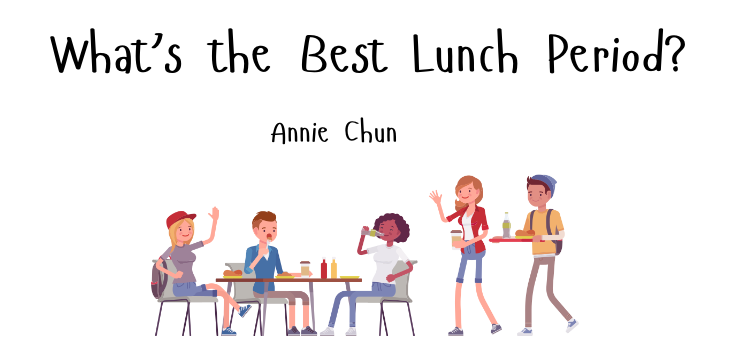Every year, third period’s name changes and has slight changes to how it operates. This year, however, a major change was made as the class is no longer a combination of grades 9-12. Instead, one’s class is made up of only people in their own grade.
There are certainly benefits to this, as advisory teachers can discuss grade-related subjects. In years prior, the advisory lessons would take a bit longer, as teachers would have to address things for each individual class, such as the PSAT, SAT, AP exams, etc. Now, they only have to discuss things related to the grade they are teaching. This allows students to get more work done during advisory, as they have more free time after the lesson.
There are some disadvantages to this change as well. One of the major criticisms is the fact that advisory used to be a good way to connect with students in other grades and an easy way for underclassmen to get advice from upperclassmen. Changing the classes to only involve one grade each limits the amount of interaction the grades can get with each other. The old advisory format also gave younger students a way to understand what they should expect in terms of exams throughout the next four years. They would witness the upperclassmen’s lessons, which gave them an idea of what to expect during their high school experience. Now, this opportunity has been taken away, as they are only learning the things that are relevant to their grade.
There are pros and cons to both forms of advisory, but the old format allowed for more interaction between different grades. This change may negatively impact underclassmen, as it will give them less of an opportunity to receive advice from upperclassmen. This could lead to underclassmen not knowing what to expect advancing into their high school years.







